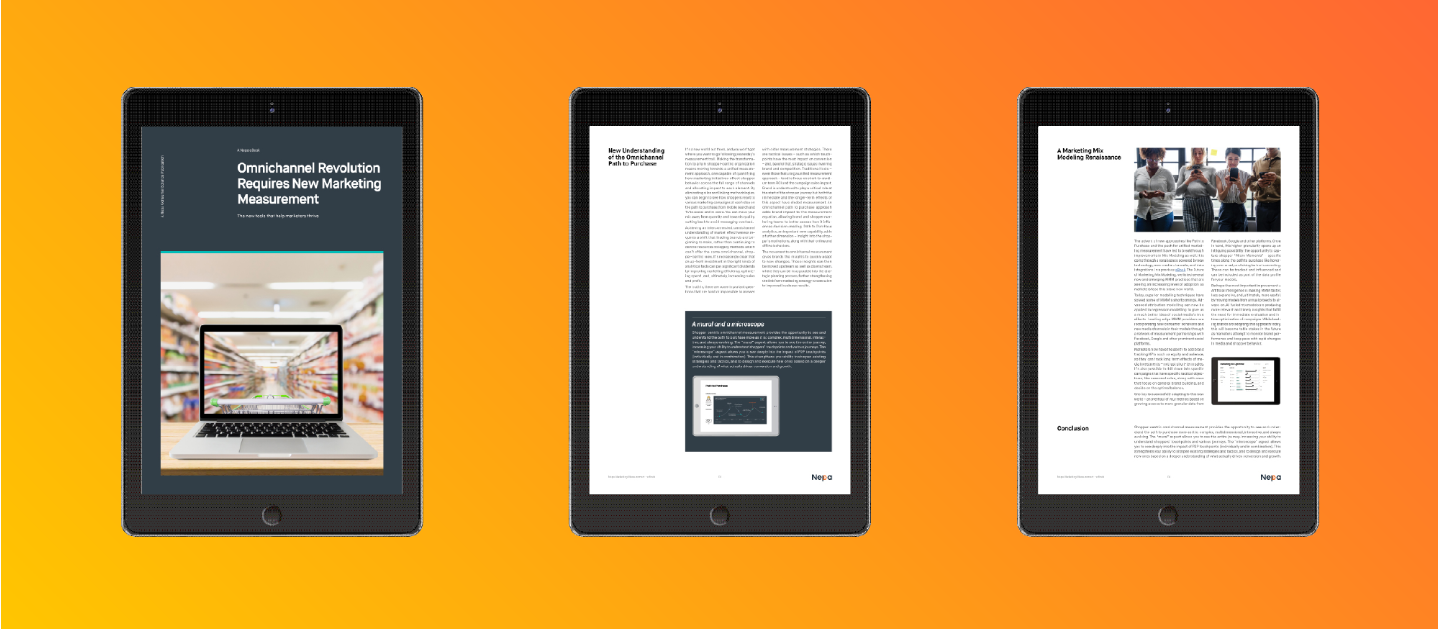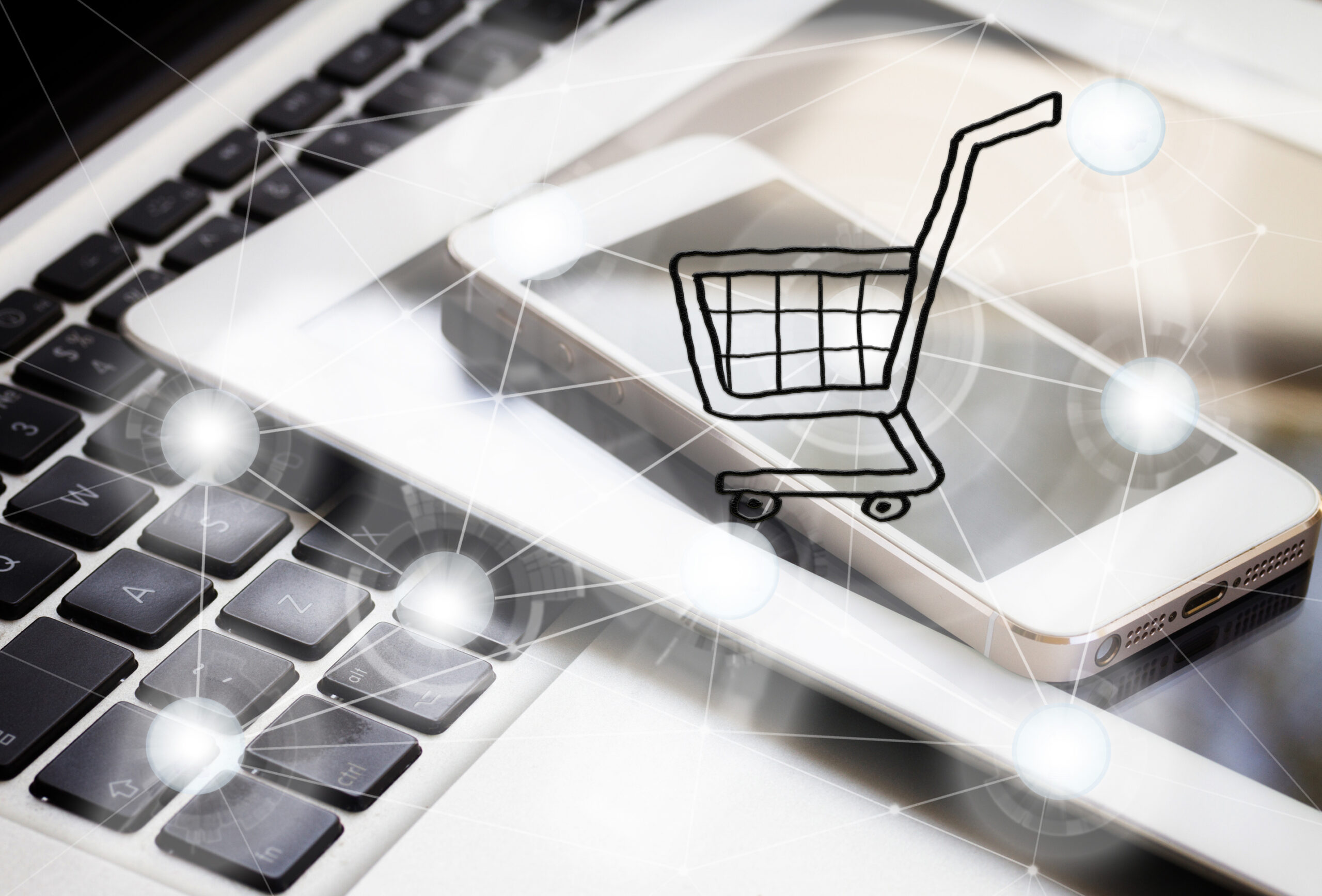This year’s Food Marketing Conference at Western Michigan University focused on the ongoing transformation of the industry, which is being driven by the maturation of omnichannel shopping behaviors and expectations. Below are some important takeaways that resonated with me during my time at the conference:
1. Learning isn’t hard; forgetting the old ways of doing things is hard
The fact is, the new realities call for lots of letting go. Among the most important things to forget? Thinking that (a) “channel” comes before “shopper,” (b) today’s competitors are your biggest threats, and (c) your brand is tied to a specific physical product. As an example of this last item, one alcohol beverage company is riding the wave of cannabis legalization by transforming its purpose to “mood management.”
2. There’s a big difference between digital sales and digitally-influenced sales
The first may be small for many brands, and the second may be large. Today’s omnichannel path to purchase (P2P) creates many interactive touchpoints, with instore and online research and purchasing influencing each other. As a result, many ecommerce teams are misreading shoppers’ online research as missed sales when they are actually a purposeful part of the P2P. Understanding this interaction is critical to mastering the omnichannel P2P.
3. The Customer Experience (CX) grading curve isn’t the same as the academic grading curve.
The speaker’s example: 99 – 100 = A; 96 – 98 = A-; 93 – 95 = B; 91 – 92 = C; < 91 = F. He further suggested that this “Tiger Mom” scale is going to further tighten as shoppers raise their expectations based on the best customer experiences they encounter. If you’re not creating better and better customer and brand experiences, you’re falling behind.
4. Know whether your Brand is in line with the experiences your customers are expecting
Customer Experience is the new Brand, and vice versa. Brands are becoming retailers through direct-to-consumer platforms, and retailers are becoming (stronger) brands through their own-label products and an increasing array of services, like delivery. Brand equity is created – and tested – through every experience in which consumers and shoppers experience the brand. Is your premium brand is found in off-price stores, that’s a disconnect. And if your “better for the environment” brand is advertised on a show or network that downplays the risks of climate change, that’s a disconnect, too.
5. When it comes to omnichannel, are you all in, or just all over the place?
As businesses accelerate and execute their omnichannel strategies and tactics, there’s often more emphasis on activation than integration. Make sure your efforts are coordinated and evaluated holistically. Being “all in” in omnichannel means seeing it and building it from the shopper’s perspective, making the most of each touchpoint, and knowing which ones matter most to shoppers and your bottom line.






